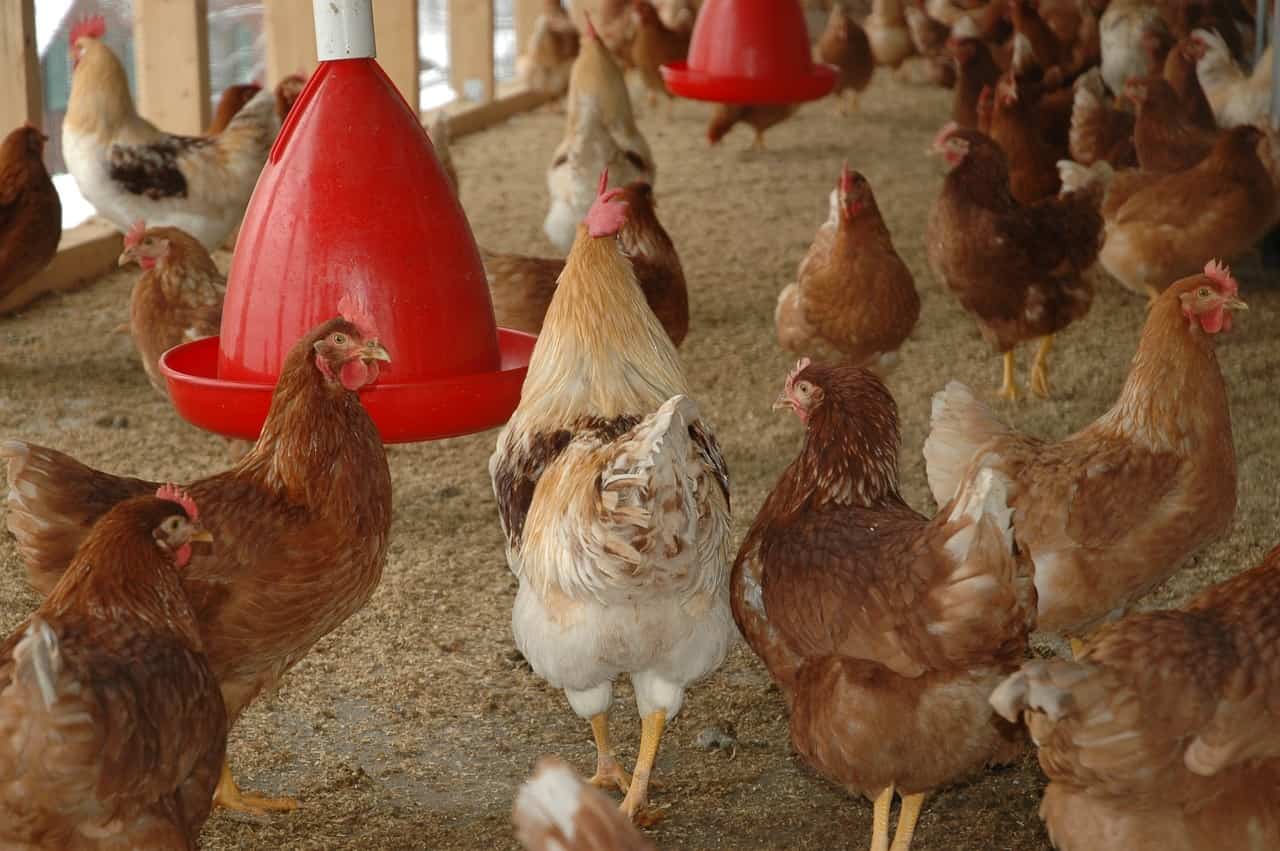
How long do coronaviruses survive on banknotes and coins? Is it possible to become infected through contact with cash? Experts from the European Central Bank wanted to shed light on this question. The Department of Medical and Molecular Virology at the Ruhr University Bochum (RUB) set out to investigate. It turns out that under realistic conditions, the risks of contracting corona this way are very low, the RUB announced in a press release today.
Under the leadership of Prof. Dr. Eike Steinmann and Dr. Daniel Todt, the researchers developed a method specifically to test how much infectious virus particles can be transmitted from cash money to skin.
Viruses on banknotes and coins
In order to find out how long the coronavirus remains on coins and banknotes, the researchers treated different coins and banknotes with virus solutions of varying concentrations. They then observed for several days how long infectious viruses were still detectable. A stainless steel surface served as a reference.
The results have been reassuring. While infectious viruses were still present on the stainless steel surface after seven days, they had completely disappeared from the 10 cent coin after six hours, and after one hour from the 5 cent coin.
“The fact that it happens faster on the 5 cent piece is because it is made of copper. It’s already known that viruses are less stable on copper,” explains Daniel Todt. On 10 euro bills, it took three days for the infectious viruses to disappear completely. While on the 1 euro coin, it took two days.
Synthetic skin
The research team developed a new method to study how effectively the virus is transferred from a surface to the fingertips. They moistened banknotes, coins and credit card-like PVC sheets with harmless coronaviruses and – under strictly controlled conditions – with the coronavirus. These surfaces were then touched by the test subjects with their fingertips. When it came to the coronavirus, the researchers used synthetic skin. Cell cultures were then inoculated with the viruses that had stuck to the fingertips. The researchers then examined how many infectious virus particles had been transferred.
“We saw that virtually no infectious viruses were transmitted even after the liquid dried up,” said Daniel Todt. “So, under realistic conditions, contamination with Sars-Cov-2 on cash money is quite unlikely.”
Contamination via aerosols or droplets
This observation is consistent with the results from other studies. These have already shown that contamination occurs in the vast majority of cases via aerosols or droplets. Smear infections via surfaces almost never occur. This actual study was conducted with the Alpha variant of Sars-Cov-2 in addition to the wild-type variant. “We assume that other variants, such as the currently predominant Delta variant, also act in a similar manner,” explains Eike Steinmann. The shelf life of the virus variants studied so far does not differ from that of the original virus.
Also interesting: Does the mineral selenium in herring help against coronavirus?








